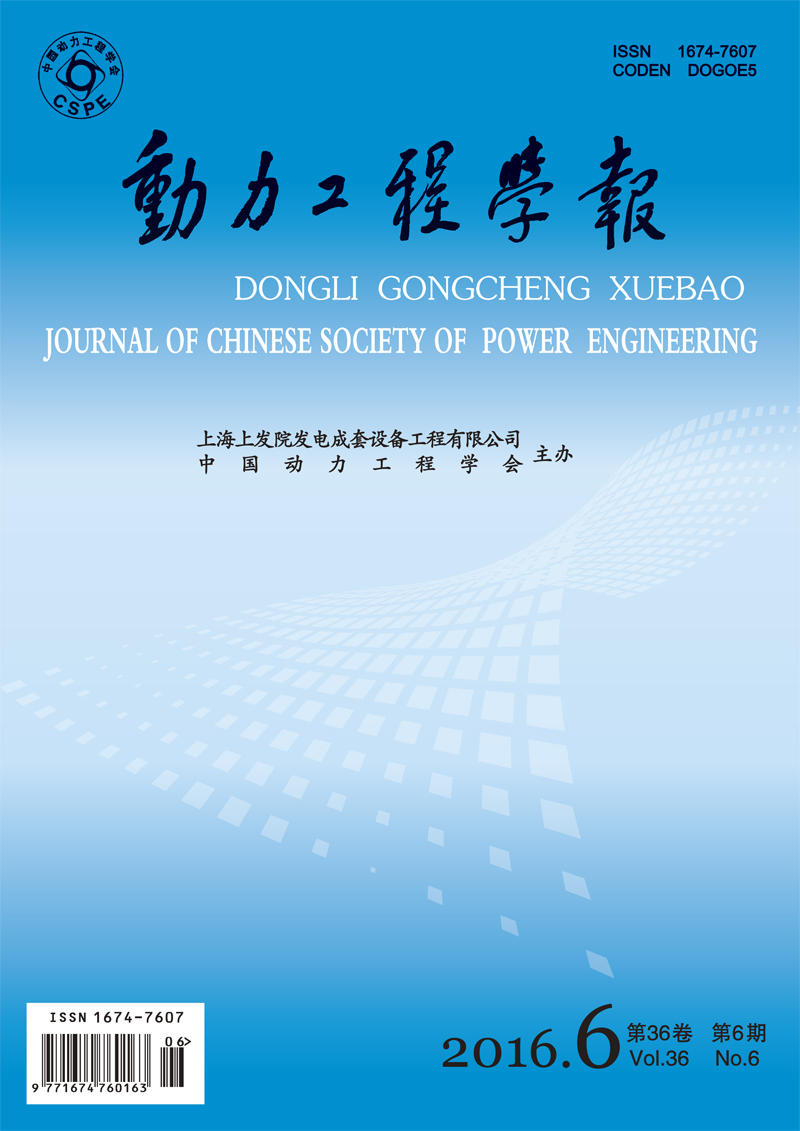GAO Zhengyang, ZHAO Hang, YANG Pengfei, MENG Xinxin, YIN Libao, LIAO Yongjin
2016, 36(6): 428-435,460.
Taking a 300 MW coal-fired boiler as the object of study, physical properties of the boiler flue gas were studied using Aspen Plus software respectively under air, oxy-fuel and pressurized oxy-fuel combustion conditions, while the gas velocity, logarithmic mean temperature difference, heat-transfer coefficient, temperature distribution among tube coils and steam enthalpy rise in tube coils were numerically simulated for areas around the high-temperature reheater and superheater using Fluent software combined with discrete-ordinates radiation model (DOM). Results show that the heat-transfer coefficient of above heat exchangers increases in the process of changing combustion atmospheres step by step from conventional air to oxy-fuel and to pressurized oxy-fuel conditions. Compared with the air atmosphere, smaller thermal difference exists in tube coils under oxy-fuel and pressurized oxy-fuel combustion conditions, when local overheating may occur at tube bends of the heat exchanger. With the rise of gas flow rate, the heating area required for the same amount of heat exchange reduces, and the trends of heating surface variation reduces as well, under the pressurized oxy-fuel combustion conditions, in which case, some of the heat exchangers have to be moved up to the furnace top to achieve safety and stable operation of the boiler.
